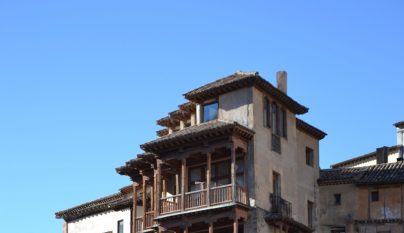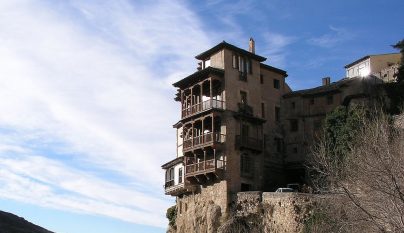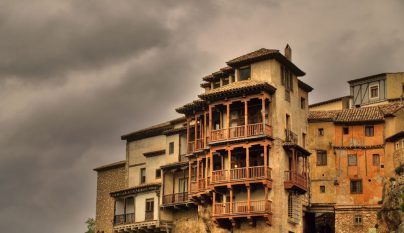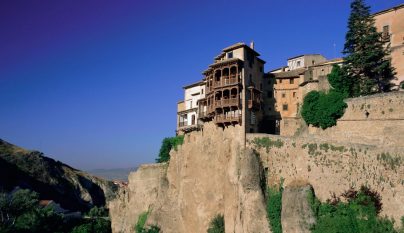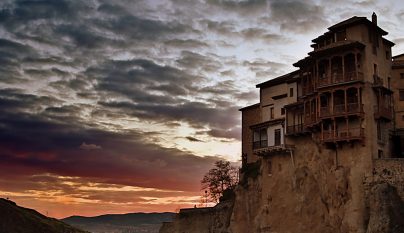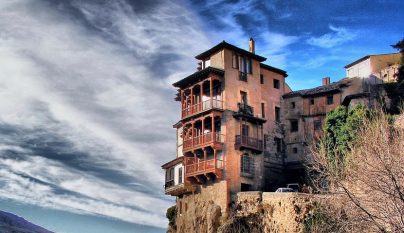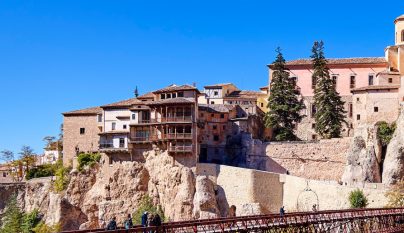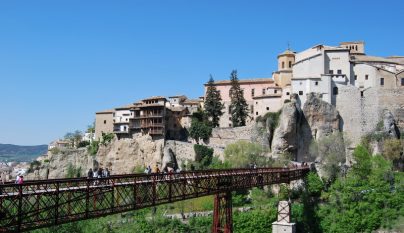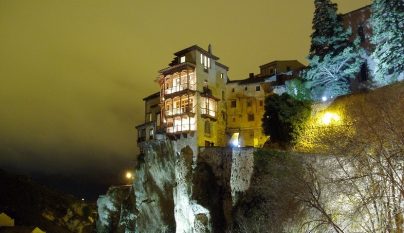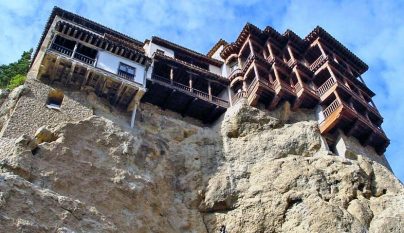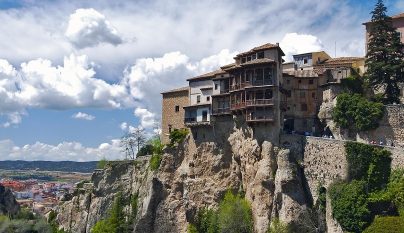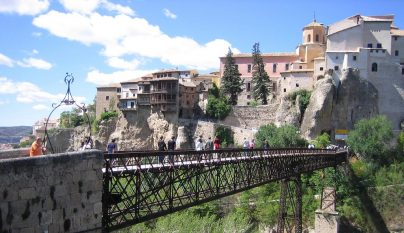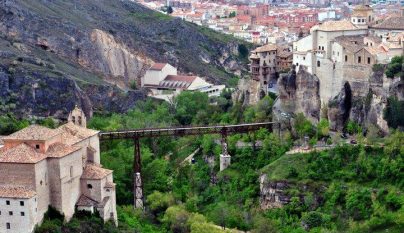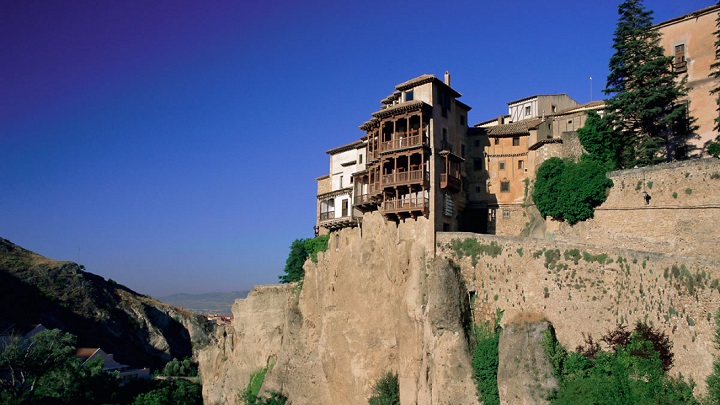
Did you know that the city of Cuenca is one of the main monuments in Spain? In fact, thanks to its international projection, its old town, its old suburbs and the gorges of the Júcar and Huécar rivers, were declared a World Heritage Site by UNESCO.
Located in Castilla-La Mancha, in the middle of the Cuenca mountains, the city is home to a well-preserved architectural heritage. Of course, the most surprising thing is its integration with the natural environment. In fact, a good part of the old town is a viewpoint over the gorges of the two rivers that we mentioned before. Among its main attractions are the Cathedral and the old Dominican convent, which today houses the Parador de Turismo. Of course, we cannot forget the famous Hanging Houses , of which today we are going to talk in depth. Would you like to join us?
Cantilevered balconies
As we just told you, today we want to talk about the Hanging Houses, which are also known as Casas Voladas or Casas del Rey. As you can see for yourself in the images that we show you in our gallery, it is a set of civil buildings that are characterized by having a part of them cantilevered, which means that they do not have any solid material under them, only empty . Of course, it is important to keep in mind that these cantilevered balconies are fixed to the wall from the bottom inwards so as not to collapse. In the past, this type of architectural element was quite common on the edge of this city located in front of the Huécar river gorge.
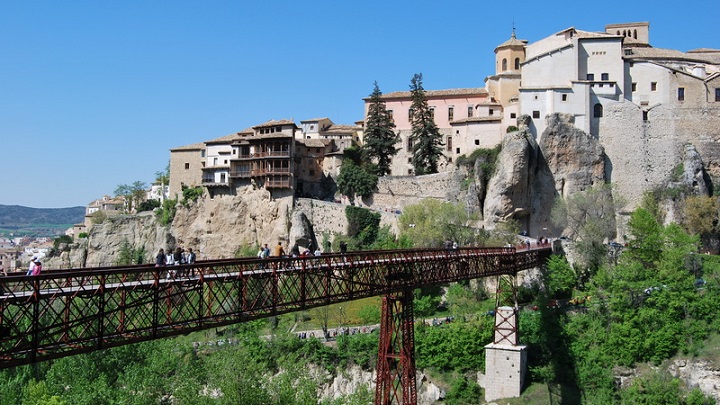
Of uncertain origin
The origin of the Hanging Houses is uncertain, although it is known that they already existed in the 15th century. In addition, it is important to bear in mind that throughout history they have been reformed on different occasions. The most recent reform took place in the 1920s. As you know, it is one of the main symbols of Cuenca, as well as being a true jewel of popular Gothic architecture. They are made of masonry with ashlars in the corners and are seated on corbels.
Only three houses can be visited
Only three of the Hanging Houses can be visited. This is the Casa de la Sirena, which houses an inn where you can taste the tradition; and the Casas del Rey, whose interior preserves original construction elements, such as the wooden beams . Here is the Museum of Spanish Abstract Art. We want to point out that the exterior façade of the Casas del Rey is Renaissance and comes from an old palace in Villarejo de la Peñuela.
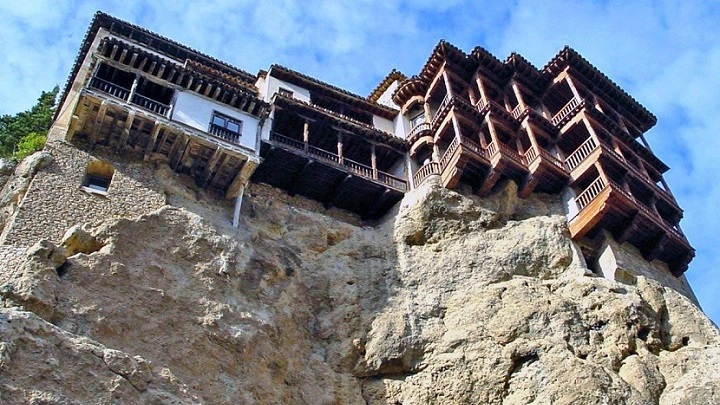
They are not called Hanging Houses
On the other hand, we also want to make it clear that these peculiar homes are not hanging, as many people wrongly say. For the people of Cuenca it is important that this monument be named correctly and, in fact, there are groups on social networks that claim it . Apparently, the late José Luis Coll, originally from Cuenca, used to say the following phrase: "The houses are hanging, the snot are hanging."
Other localities with hanging houses
Before saying goodbye, we want to comment that in Spain there are other towns that have hanging houses such as Albarracín, Castellfollit de la Roca, Cantavieja, Frías, Ronda and Tarazona. They can even be found in Girona. Of course, it is important to bear in mind that some of these homes not only have the balcony hanging, but also parts of the interior of the houses. Next we leave you with our gallery , where you will find more images of the Hanging Houses of Cuenca. Do not miss it!
Recommended article: The Enchanted City, a natural park in Cuenca that you must visit

